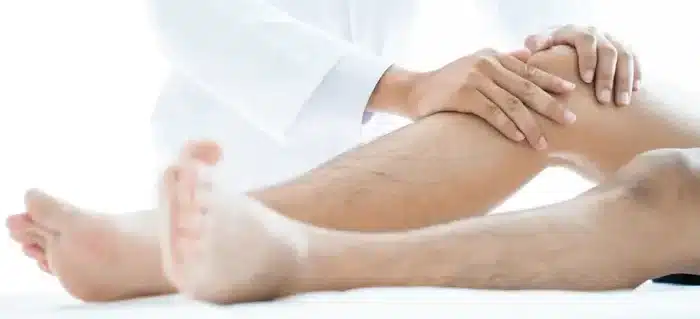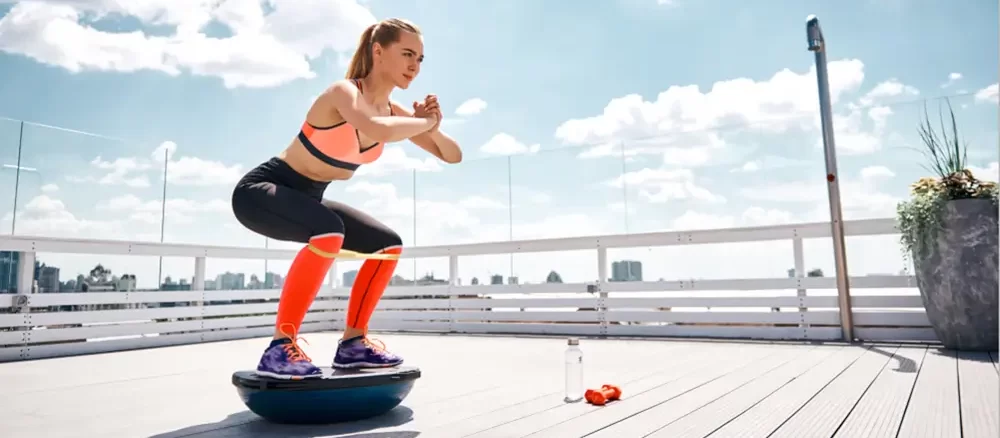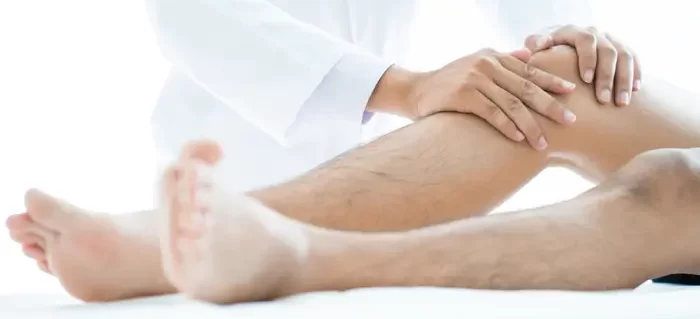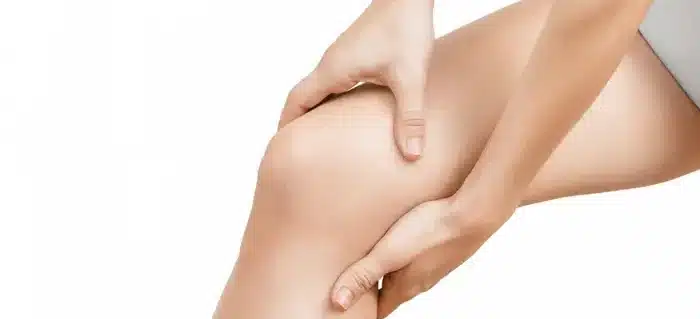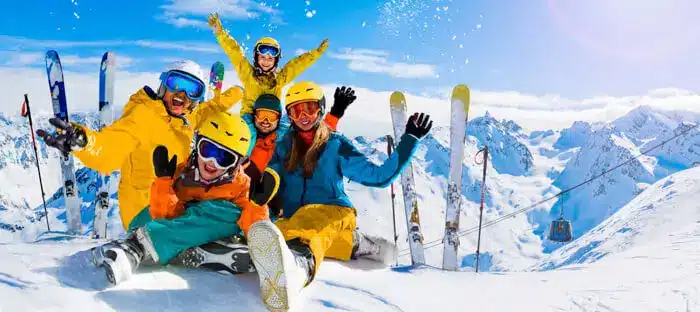
To wear a knee brace with skiing or not?
After an anterior cruciate ligament injury and/or knee injury, this is one of the most common questions for winter sports. Skiing is popular and for many people getting out during the winter is a must. After an anterior cruciate ligament reconstruction, it is exciting to strap on the skis again and engage in a risky sport and/or hobby. The question remains: when can you ski again and do you need a knee brace or not? The answer to the question of whether you need a knee brace is "no," but why not and why it is sometimes useful to wear a knee brace after all is read in this blog.
Knee brace and anterior cruciate ligament injury a good idea?
While descending a mountain, the body, but specifically the knees, has great forces to deal with. That it is important to keep yourself well prepared for winter sports and that it also sometimes goes wrong you could read in the blog "From ski downhill to torn anterior cruciate ligament". What is striking about skiing is that the risk factors for a knee injury are usually as a result of a wrongly performed action. The skier becomes unbalanced and falls. Because the skis do not go out, the body cannot properly handle the large forces on the leg. These types of falls often result in an anterior cruciate ligament injury. A knee brace provides extra support to the knee, but the large forces caused by a fall usually cannot be absorbed well by a knee brace. If the knee brace does do its job, then there is a chance that damage somewhere else in the chain of motion will occur (muscle tear, bone fracture, etc).
Why do or don't you wear a knee brace with skiing?
A knee brace is worn when a knee is unstable. After a anterior cruciate ligament reconstruction, if properly rehabilitated, the stability of the knee is restored. Therefore, a knee brace is actually no longer necessary. Nevertheless, the outcome of surgery does not always lead to the desired effect and residual instability remains. A knee brace can provide a solution for this group. No other reason really exists, except for prevention or mental support. An argument could be that without a knee brace you are afraid to ski, or that with a knee brace you are more sure and confident on your skis.
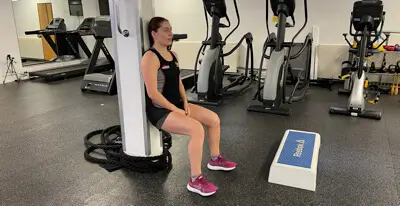
What is the best knee brace for skiing?
The best knee braces for winter sports with skiing and snowboarding are well-trained leg muscles. Every year a large number of my clients leave for winter sports. The majority have undergone anterior cruciate ligament reconstruction and some have been rehabilitated conservatively (without surgery). Both groups have in common that they are (well) trained. After a long knee rehabilitation, most take it easy on the first time back to winter sports. One or two do buy a kniebrace to for feeling safe, but most winter sports enthusiasts are at the top of the mountain without a knee brace. So far (as far as I am aware), every year everyone has returned home safely and without a knee injury. Being aware of proper training and preparation for winter sports is an important item in anterior cruciate ligament rehabilitation.
Our message
You have been able to read In the blog 'from descent to torn anterior cruciate ligament' That the main knee injuries occur because of pure bad luck. Once you strap on the skis, this is the risk you accept. So how far should you go in buying and wearing a knee brace? Our message is if you opt for a kniebrace, then you really should also opt for a knee brace on the other knee, but also wear elbow and wrist guards and don't forget your helmet and back protector, because you never know. An injury and/or injury with winter sports is bad luck and unforeseeable. Better advice is to start well in advance with preparing and training: strengthen your leg muscles, work on your fitness, make sure you have good equipment and follow the rules of the slopes (more tips). These are generally the ingredients for a safe winter sport.
If you are still looking for a knee brace after this blog, these are recommended:


